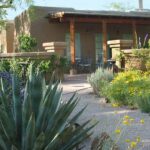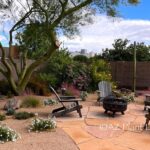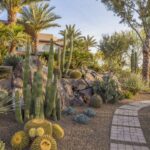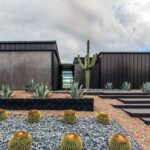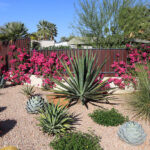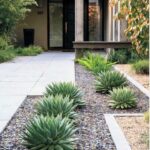Desert landscaping is a popular trend for homeowners looking to create a sustainable and low-maintenance outdoor space. By using plants and materials that are well-suited to the arid climate, desert landscaping can offer a beautiful and environmentally-friendly alternative to traditional grass lawns and gardens.
One of the key components of desert landscaping is the use of native plants that are adapted to the harsh conditions of the desert. By selecting plants that are drought-tolerant and require minimal water, homeowners can save on their water bills and reduce the need for irrigation systems. Some popular choices for desert landscaping include cacti, succulents, and desert shrubs that thrive in sandy, well-drained soils.
In addition to choosing the right plants, homeowners can also incorporate natural materials like gravel, rocks, and boulders into their desert landscape design. These materials can help to create a cohesive and visually appealing look while also reducing the need for watering and maintenance. Rock gardens, dry river beds, and stone pathways are all popular features in desert landscaping that can add texture and interest to the outdoor space.
Another important aspect of desert landscaping is proper soil preparation and irrigation techniques. In order for plants to thrive in the desert environment, it is essential to provide them with well-drained soil that allows for proper root development. Adding organic matter like compost or mulch to the soil can help improve its structure and water-holding capacity. Drip irrigation systems are also a popular choice for desert landscaping, as they deliver water directly to the base of plants, minimizing water waste and evaporation.
When designing a desert landscape, homeowners should also consider the layout and arrangement of plants to create a visually appealing and functional outdoor space. Grouping plants with similar water and sunlight requirements together can help to simplify maintenance and ensure that each plant receives the care it needs to thrive. Mixing different heights, colors, and textures of plants can also add visual interest and create a dynamic landscape design.
Overall, desert landscaping offers homeowners a sustainable and low-maintenance alternative to traditional landscaping options. By selecting the right plants, materials, and irrigation techniques, homeowners can create a beautiful outdoor space that thrives in the arid climate of the desert. With proper planning and care, desert landscapes can offer a natural, eco-friendly, and visually appealing addition to any home.

